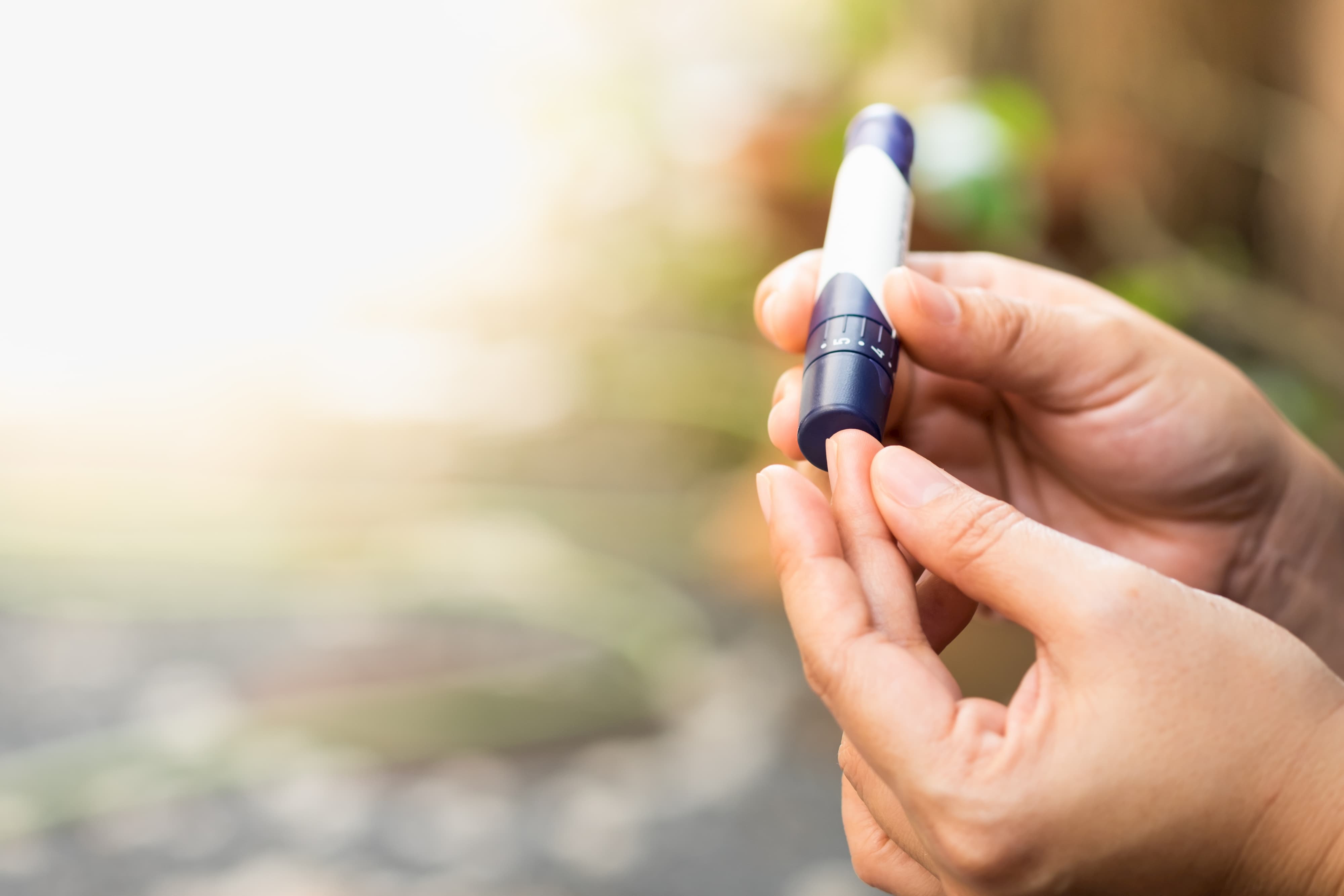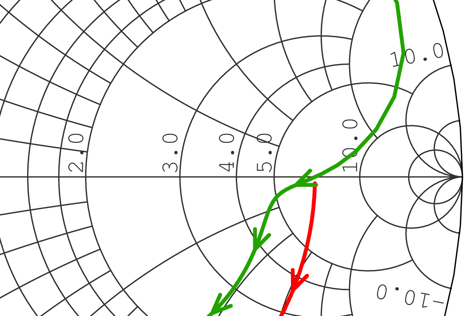It is very important to keep antenna placement in mind throughout the design process. Antenova’s engineers have created antennas to meet a wide variety of layouts and specifications, meaning that antennas can be selected based on the precise RF requirements for a device. However, it’s vital to ensure that individual components don’t interfere with each other, and instead work together to maximise performance.
The position of the antenna is key to RF performance, so it shouldn’t be left as a last minute decision. The antenna’s signal may be compromised by the proximity of other components and this can have a huge effect on how effectively the device transmits and receives data. In the testing phase, discovering a problem caused by the placement of components could cause unexpected delays, as it involves returning to phase one and reevaluating component and architecture layouts.
To help avoid this, here are some aspects to consider when positioning the antenna within a device:
Location, location, location
Determining the location of the antenna upon the circuit board should be the first step, taken before laying out any other components. The shape and dimensions of the ground plane must be taken into consideration since each antenna will have its own requirements.
Clearance areas also need to be factored in, as they can impact the direction of the antenna signal. Antenova’s Inversa and Integra antennas, for example, are available in left and right versions, both of which can be located on the corners of devices to minimise ground plane requirements.
Nearby materials & housing proximity
Metallic and other conductive surfaces adversely impact antenna performance through detuning, which could make an eHealth device unreliable.
Isolation
Other signals may interfere with the device’s main antenna, which can affect overall RF performance. It’s essential that these antennas are kept separate from each other so as to avoid interference. The same can be said for batteries, metallic components and LCD/LED displays.
Close contact
Sometimes the nature of the wearable can also impact RF performance. For example, wearables that are in contact with skin can negatively affect the device’s functionality, as human flesh can block signals and cause detuning: the safest option is to place antennas away from users to avoid losses.
Ground plane specifications
Take note of how the ground plane is designed. Reductions in ground plane size can have a huge impact on the efficiency of the device. Given that most embedded antennas cannot operate without an accompanying ground plane, it’s essential to ensure the ground plane requirements stipulated in data sheets are followed to ensure the functionality and efficiency of the antenna.
Transmission lines
The antenna, transmission line, and the radio, need to operate at the same impedance (typically 50 ohms). This ensures that the antenna is performs efficiently – maintaining full signal in all its transmissions. Differences can be resolved using matching circuits, such as π-matching circuits, to bring antenna and radio elements to the same impedance.
For information about impedance matching, download our handy guide to antenna matching. The antenna is one of the most important components within eHealth devices, so it is essential it functions correctly. When selecting an antenna, review datasheets but pay particular attention to the design guidelines they necessitate.
The best choice of antenna will be the one most suited to your prospective design, rather than the antenna offering the best performance in free space. If you are selecting an antenna, you can make use of resources such as Antenova’s wireless antenna comparison guide to get an idea on the right antenna to choose based on your PCB dimensions.

Time for launch
The launching of the final health device is “make or break” for any company. As it is the first time the technology will be used before an audience of consumers and professionals, it’s essential that the device is thoroughly tested within a range of environments and situations, so that it is free of glitches or malfunction. There are a few things to consider before launching your product.
Final prototype
Before a project proceeds beyond the design phase, it’s absolutely essential to perform final testing. Even the smallest of last-minute deviations can impact the performance of a device. For example, small changes to the composition of circuit boards can impact antenna performance. Additionally, take the opportunity to ensure that there won’t be any variations between the final prototype and the real, manufactured device – this is especially important to avoid any disastrous manufacturing mishaps!
Stringent testing
It’s important to consider that changes in the external environment will impact RF performance. Testing the product in an anechoic testing environment and utilising phantom body parts can help you understand how a device will perform in the real world. For example, certain frequencies or certain devices present in the operational environment might impact the efficiency of the RF signal from your medical device.
It’s important to test for all eventualities to get a clear picture of performance. Regulators and the plethora of regulatory bodies may also request to test your device. To be certain that your device makes the grade, make use of anechoic testing facilities and phantom body parts – Antenova provides these testing facilities for their customers free of charge.
Packaging and distribution
Designers spend the vast majority of the design cycle thinking about users, and how thinking about how their devices can make a big impact with their users. However, it can be forgotten the length of time devices spend in transit, in storage and on shelves before they’re used. Bumps, scratches, and drops are all part-and-parcel of life for electronic equipment, so make sure that packaging suitably protects the most sensitive parts of the device.
And then it’s time to launch. Antennas are vital components in eHealth devices, truly delivering essential operational capability to these devices and enabling consumers to reap the benefits of modern technology. If you’re in the midst of an eHealth design or are at the early stages of your design cycle, it’s important to get your RF solution decided first – and then keep performance in mind throughout every decision in the project.




